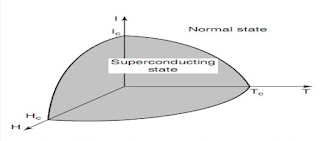What is fiber Optics ?
An optical fiber is a flexible and transparent fiber cable made by drawing glass (silica) or plastic to a diameter slightly thicker than a human hair. Optical fibers are used most often as a means to transmit light between the two ends of the fiber and find wide usage in fiber-optic communications, where they permit transmission over longer distances and at higher bandwidths (data rates) than wire cables. Fibers are used instead of metal wires because signals travel along them with lesser amounts of loss; in addition, fibers are also immune to electromagnetic interference, a problem from which metal wires suffer excessively.
Advantages of Optical fiber cable :
1. Wider Bandwidth : Higher information carrying capability.
2. Lower loss : Less signal attenuation over long distance.
3. Light weight: Useful where low weight is critical Le. aircraft.
4. Small size : More cables can be placed in a smaller place.
5. Strength : More stronger than electrical cables and hence can support more weight.
6. Security : Fiber-optic cables cannot be tapped as easily as electrical cables, and they do not radiate signals.
7. Interference Immunity: Fiber-optic cables do not radiate signals as some electrical cables do and cause interference to other cables. They are also immune to pick-up of interference from other sources.
8. Greater safety : Fiber-optic cables do not carry electricity. Therefore, there is no shock hazard. They are also insulators so are not susceptible to lightning strikes as electrical cables.
Optical fibers are widely used in various fields, including telecommunications, data networking, medical equipment, and aerospace. Due to their immunity to electromagnetic interference, optical fibers are an ideal solution for applications where electrical interference can cause signal distortion or loss. Overall, fiber optics is a powerful technology that has revolutionized the way we communicate and transmit information.


